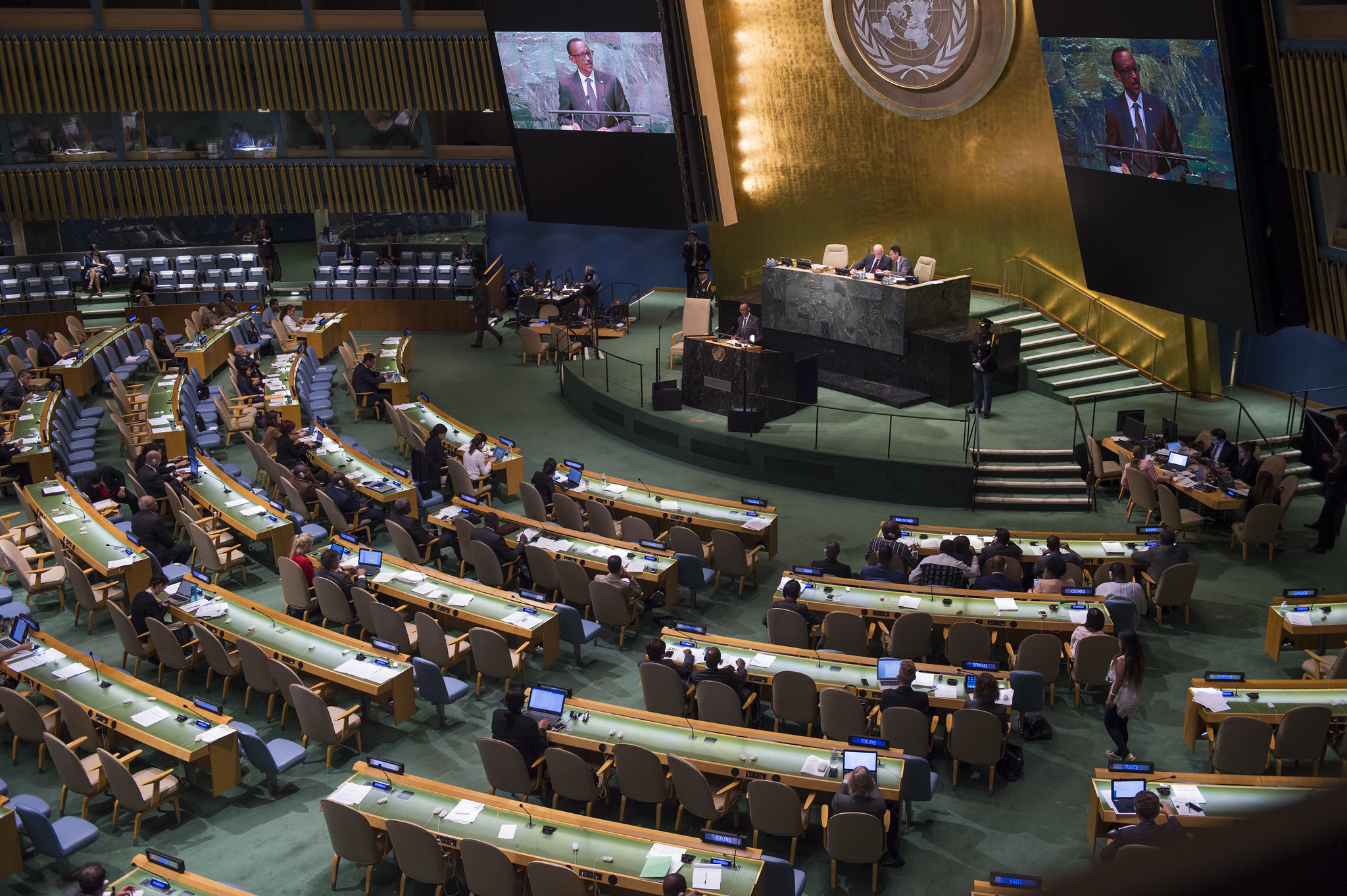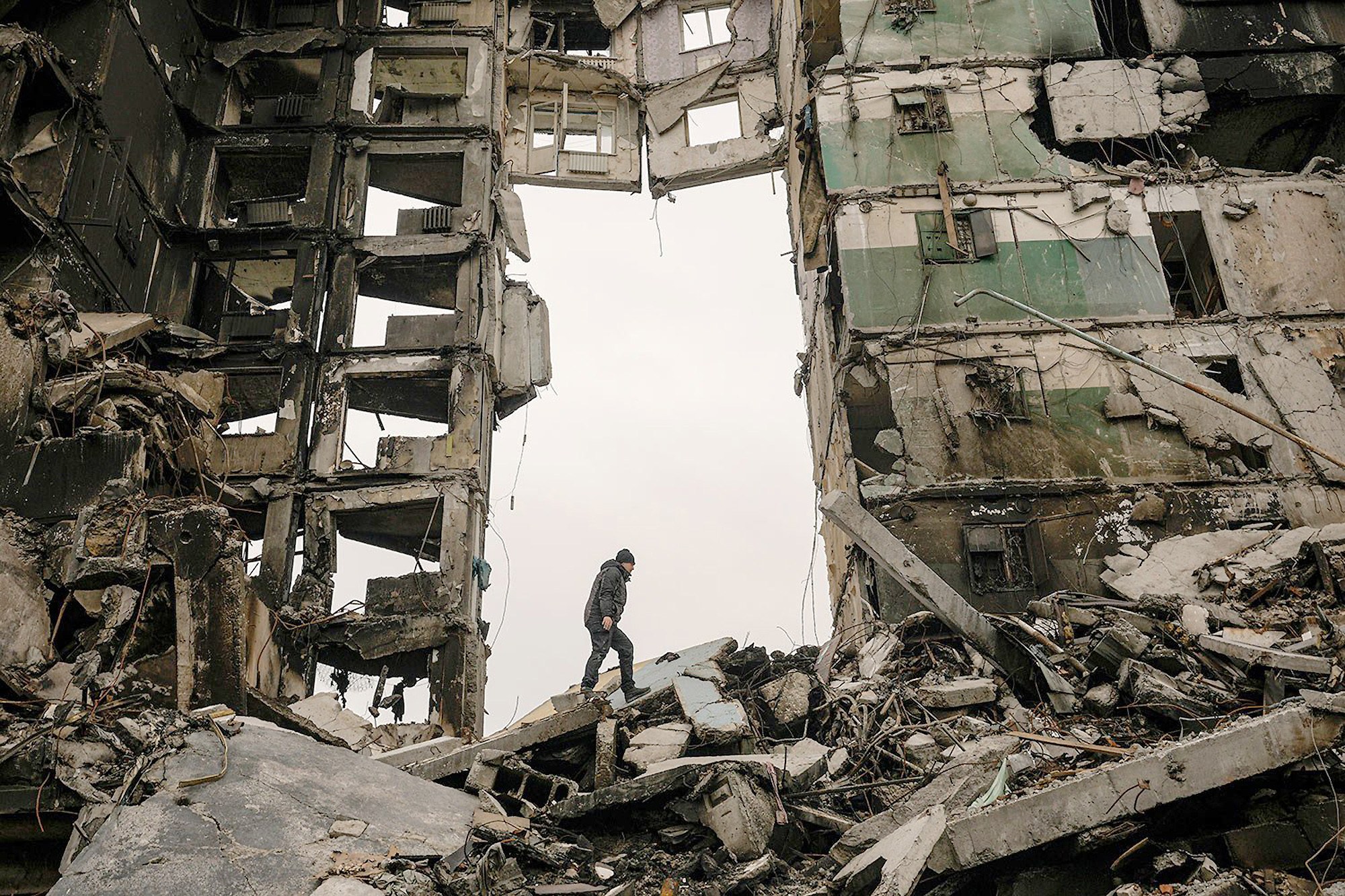How the Philippines Screens Foreign Investments
-(1).jpg?sfvrsn=c9f1cccc_5)
Published by The Lawfare Institute
in Cooperation With

In March 2022, the Philippines became the first country in Southeast Asia to establish an investment screening mechanism. Under the Amended Public Service Act and its Implementing Rules and Regulations, the president of the Philippines can block foreign investments into certain “public services,” including domestic shipping, railways, and airlines. Under Republic Act No. 11647 and the Implementing Rules and Regulations of RA 7042, the president can also prohibit foreign investments in “strategic industries” like defense, cyber infrastructure, and pipelines, as recommended by the newly formed Inter-Agency Investment Promotion Coordination Committee (IIPCC). The screening instruments are part of the most comprehensive reform of the Philippines’s foreign investment regime in 85 years.
For decades, the Philippines struggled to attract foreign direct investment (FDI), lagging behind its Southeast Asian neighbors due to a complex regulatory environment. In 2020, the Philippines was the third-most restrictive on foreign investment of 84 economies, according to the Organization for Economic Cooperation and Development (OECD). The coronavirus pandemic exacerbated these challenges: National GDP contracted by 9.5 percent in 2020, the Philippines’s worst economic performance since 1947. While foreign investment in the Philippines has risen since the screening laws took effect, there is not enough data to directly link the instruments to this increase. But the two are correlated: Since 2022, the Philippines reported $11 billion in approved investments from January to May 2024, the highest first five-month approval in the Philippine Board of Investments’s 57-year history.
National security-based investment screening is also central to the Philippines’s quiet efforts to reduce its reliance on Chinese investments in certain sectors and draw a wider range of investors. In November 2023, the Philippines left China’s Belt and Road Initiative amid rising tensions in the South China Sea. And in March 2024, U.S. Commerce Secretary Gina Raimondo led a delegation of 22 American companies to Manila, which announced over $1 billion of anticipated investments in the country. In April 2024, Japan, the Philippines, and the U.S. announced the Luzon Economic Corridor (LEC) as the first project of the Group of Seven’s Partnership for Global Infrastructure and Investment in the Indo-Pacific region. The LEC will receive up to $15 billion from the U.S. and Japan to build railways, modernize ports, and develop semiconductor supply chains across the Philippines.
The adoption of foreign investment screening mechanisms by the Philippines, classified as a lower-middle-income country by the World Bank, also shows that the rise of investment screening is not limited to advanced economies. It reflects an emerging consensus around foreign investment: Embrace openness, but mitigate security risks. Investment screening has allowed the Philippines to safeguard its national security interests while removing outdated investment restrictions, contributing to its post-pandemic recovery.
Screening in the Philippines: How It Started, and How It’s Going
National security concerns, including risks posed by Chinese state-owned investments, motivated the Philippines to adopt its screening mechanisms. During a congressional debate in September 2021, Sen. Grace Poe, one of the Amended Public Service Act’s major proponents, said the law’s prohibition on state-owned companies from owning “critical infrastructure” entities (i.e., telecommunications) was inspired partly by the case of Dito Telecommunity. In 2019, state-owned China Telecom acquired a 40 percent stake in Dito, the Philippines’s third-largest telecom provider with nearly 8 million subscribers, and no laws prohibited this at the time. During a debate in May 2021, Sen. Risa Hontiveros lamented that “China has global champions in every industry” and asked what policies exist to ensure that “ultimately, it is the Filipino economy that benefits” from the Philippines’s inward foreign investment.
Senior Philippine officials have not publicly tied passage of the investment screening mechanisms to curbing reliance on Chinese investments, but they have discussed related ideas. In May 2024, then-Secretary of Trade and Industry Alfredo Pascual spoke about the need for economic security to drive the strategic relationships that the Philippines builds with its allies. The Philippines’s legislature also passed the screening instruments amid declining Chinese FDI in the country and souring public opinion toward Beijing. China’s share of FDI in the Philippines has averaged just 0.9 percent in the past three years, down from 4.4 percent between 2015 to 2019. Today, 91 percent of Filipinos distrust China. Public reports have also said that President Ferdinand Marcos Jr. recognized the domestic unpopularity of his predecessor’s more pro-China stance—which failed to produce the promised Chinese investment—and has sought to change course.
The two investment screening mechanisms of the Philippines, organized under the Amended Public Service Act and Republic Act No. 11647 and their implementing regulations, entered into force in April 2023. Broadly, they empower the president to intervene in two types of transactions: foreign investments into “public services” and “strategic industries.”
Under Section 23 of the Amended Public Service Act, the president can suspend or prohibit any investment in a public service that “effectively” grants foreign control. The law’s definition of “public services” covers an expansive list of sectors, including rail, freight, power, water, oil, and telecommunications.
Additional investment restrictions apply to more sensitive “public services” such as “public utilities” and “critical infrastructure.” Public utilities operate in specific sectors related to electricity, oil, water, seaports, and public utility vehicles. Critical infrastructure currently includes only telecommunication services, but the president can designate more sectors by executive order as desired. Section 4 of the Amended Public Service Act limits foreign ownership in all “public utilities” to 40 percent, and Section 24 prohibits investments from foreign governments and state-owned enterprises into any “public utility” or “critical infrastructure.” Section 44 of the Implementing Rules and Regulations of RA 11659 limits the collective foreign ownership by sovereign wealth funds and independent pension funds to 30 percent of the capital of “public utilities” or “critical infrastructure.”
Under Section 16 of Republic Act No. 11647, the president can suspend, prohibit, or limit investments by foreign entities into “strategic industries,” which are defined as military or defense-related industries, cyber infrastructure, and pipeline transportation.
Section 3 establishes the Inter-Agency Investment Promotion Coordination Committee, an interagency body composed of representatives from multiple government agencies, which works with the president to screen transactions. The IIPCC is led by the Department of Trade and Industry and includes representatives from the Department of Finance, Board of Investments, and National Economic and Development Authority.
Assessing the security risk of a foreign investment proceeds in three phases. First, the IIPCC has 30 calendar days to conduct an “initial risk assessment” and determine whether a transaction presents a national security threat. If a security risk is identified, the IIPCC will recommend conducting a formal “comprehensive national security review” to the president. Upon receiving presidential approval, the IIPCC has 60 days to review the transaction and submit a recommended course of action to the president. Finally, the president can suspend, prohibit, or impose mitigating conditions on the foreign investment.
But little information is available on how Philippine authorities have implemented these mechanisms in practice. The legislation also contains no requirement for Philippine officials to publicly report on the progress or implementation of these mechanisms, as done by many European and North American countries that operate investment screening instruments. So, this analysis is limited to the text of the statutes that govern these screening instruments. As the mechanisms are relatively new, transparency into their inner workings should improve over time.
Allies in Assets: U.S.-Philippines Collaboration
The United States has supported over 30 countries, including the Philippines, in proposing, revising, or enacting investment screening mechanisms. At the joint State and Defense 2+2 Ministerial Dialogue in 2023, U.S. Secretary of State Antony Blinken and Defense Secretary Lloyd Austin discussed how to strengthen Philippine investment screening with their counterparts. Several aspects of the Philippines’s new screening regime closely resemble that of the Committee on Foreign Investment in the United States (CFIUS), particularly the structure of the IIPCC and the regime’s proactive monitoring of non-notified transactions.
Both the IIPCC and CFIUS are interagency committees that include members from several government departments, including security-focused agencies. The IIPCC consists of representatives from agencies such as the Department of Finance, Department of Trade and Industry, National Economic Development Authority, Department of Foreign Affairs, Department of Information and Communications Technology, and Commission on Higher Education. The IIPCC’s Technical Committee is led by the Department of Finance and National Security Council. Similarly, CFIUS is chaired by the Secretary of the Treasury and includes eight other members like the Secretaries of State, Defense, Homeland Security, and Commerce. Interagency review processes benefit from the perspectives of several experts across different fields and are endorsed by the OECD’s 2009 Recommendation on Guidelines for Recipient Country Investment Policies relating to National Security.
Like CFIUS, the Philippines involves security-focused agencies throughout its screening process. The NSC and Secretary of Defense are responsible for identifying other sectors for the president to add to the list of “strategic industries,” subjecting those entities to national security reviews. The president and IIPCC may also consult the National Security Council (NSC) any time during reviews as needed. The inclusion of national security-focused agencies reflects a growing awareness in the Philippines about the risks posed by the “national securitization” of foreign investment. The Philippines’s National Security Policy 2023-28 underscores the government’s desire to “strengthen the national security review of foreign investments in national strategic industries” and promote “economic security.”
The regimes in the Philippines and U.S. also proactively search for non-notified transactions, which are investments about which authorities were not previously informed but that implicate national security. Sections 37 and 38 of the Implementing Rules and Regulations of RA 11659 tasks the Philippine Competition Commission (PCC) with regular monitoring of these transactions. CFIUS also screens thousands of non-notified transactions each year through diverse sources such as public tips, referrals from other government agencies, and multiple commercial and proprietary databases.
Recommendations
To improve the effectiveness of the screening legislation, Philippine authorities should consider creating a formal process for investors to appeal screening decisions, establishing criteria and limits on the president’s ability to call-in an investment, and providing adequate resources to monitor non-notified transactions.
First, the laws do not create a transparent judicial process for investors in the Philippines to appeal screening decisions, which ensures accountability and is a common feature of robust investment screening mechanisms. For example, Part 4 of Singapore’s Significant Investments Review Act allows investors to submit appeals for most decisions to a three-member reviewing tribunal, appointed by Singapore’s president on the advice of the cabinet, and chaired by a supreme court judge. Foreign investors in the United States can challenge CFIUS decisions by bringing civil actions through the U.S. Court of Appeals for the District of Columbia Circuit.
Second, no deadlines or criteria restrain the president’s ability to call in and intervene in foreign transactions after they have occurred. This amplifies uncertainty for investors, who cannot know under which circumstances the president of the Philippines could intervene to unwind an already-completed transaction, or how to reduce that risk. For example, the United Kingdom has published specific documents about the call-in power that clarify in what scenarios a prospective investor should submit an optional notification to authorities, as well as specific examples during which the government could intervene and invoke this power. The Philippines should consider providing similar guidance.
Third, Philippine authorities should dedicate sufficient resources to effectively monitor non-notified transactions. The Philippine Competition Commission had an overall budget of PHP 584.9 million ($9.9 million) in 2023, but it is unclear how much went to monitoring-related functions. Appropriate expertise within the PCC will also be important, because its primary focus is promoting market competition, not identifying foreign investment transactions with potential national security risks. The number of staff within the body working on security-related screening is also unclear. By comparison, CFIUS’s consistent monitoring of non-notified transactions is supported by an annual budget of over $20 million and hundreds of staff across 16 U.S. agencies.
***
Since adopting the investment screening mechanisms in 2022, the Philippines has attracted over $14 billion in foreign investment over two years. So far, this has achieved results: The Philippines was Southeast Asia’s fastest-growing economy in 2023, expanding by 5.6 percent. President Marcos seeks to transform his country into the “destination of choice” for foreign investments; by 2028, the Philippines aims to have the second-highest FDI inflows in Southeast Asia.
The new screening regime has likely helped facilitate this. Sen. Poe, one of the Amended Public Service Act’s major sponsors, has praised the contributions of investment screening to “liberalizing the economy without compromising national security or leaving behind Filipino businesses.”
The Philippines’s new screening mechanism signals to foreign investors that their investments can thrive in a stable and predictable regulatory environment. With this new legislation, the Philippines has joined a long list of economies that are taking steps to mitigate the security risks posed by certain foreign investments. Implementing these screening instruments effectively will ensure the Philippines continues to be an investment-friendly destination.





